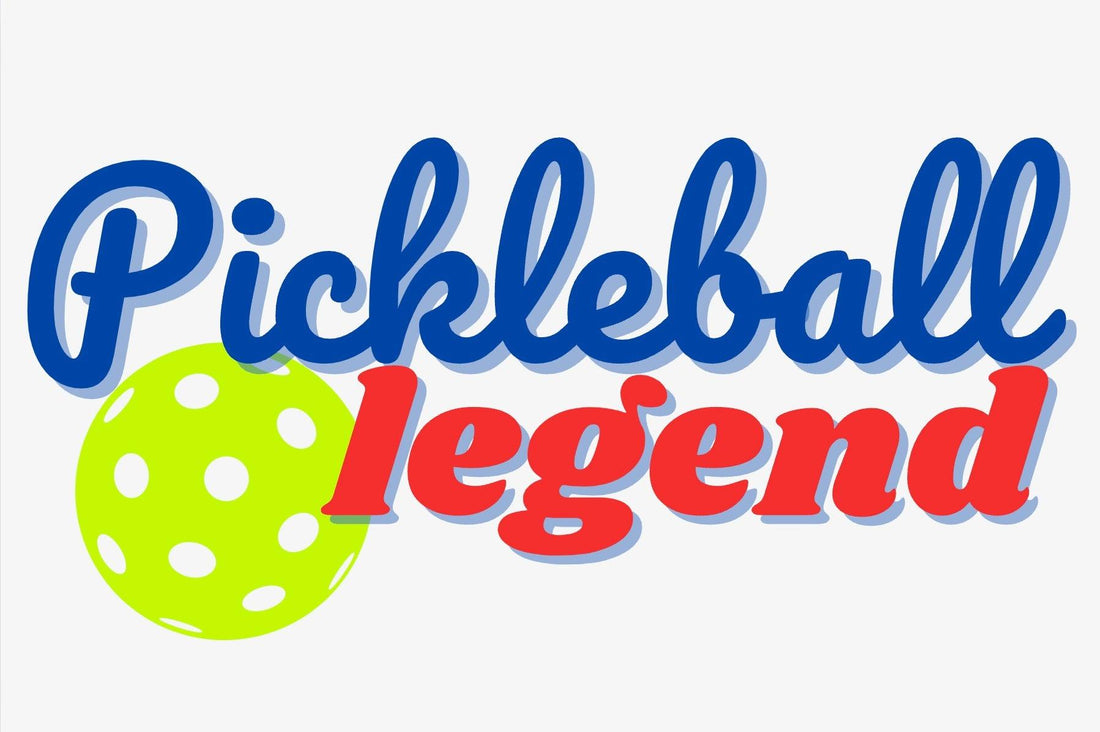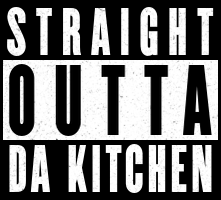
Mastering Footwork in Pickleball: The Key to Success on the Court
Share
Pickleball may seem simple on the surface, but like any sport, it requires precision and technique to excel. While many players focus on improving their serve, volleys, or spin, one of the most underrated aspects of the game is footwork. Good footwork is the foundation of effective play, and without it, even the best shot-making skills can fall short.
In this post, we'll explore why footwork is so important in pickleball, what good footwork looks like, and drills you can incorporate into your routine to take your game to the next level.
Check out our blog post Cross-Training for Pickleball for additional discussion on cross-training to elevate your pickleball game even more!!
Why is Footwork Important in Pickleball?
Pickleball is a fast-paced sport that demands agility, quick reflexes, and the ability to move efficiently around the pickleball court. Here are a few key reasons why footwork is essential:
1. Court Positioning: Effective footwork helps you maintain optimal positioning on the court, whether you're near the net (at the non-volley zone) or back at the baseline. Being in the right spot allows you to react quicker and hit cleaner shots.
2. Balance and Stability: Good footwork ensures you are balanced when hitting the ball, which improves shot accuracy. Players with poor footwork often find themselves off-balance, leading to weak or misdirected shots.
3. Energy Conservation: Efficient footwork helps you cover more ground with less effort. By using the right movements, you can avoid unnecessary steps, reduce fatigue, and stay in the game longer without wearing yourself out.
4. Consistency and Agility: Footwork is essential in responding to fast-paced rallies. Quick and precise foot movements allow you to reach tough shots and stay in control during extended exchanges.
What Does Good Footwork in Pickleball Look Like?
To master footwork, you need to focus on speed, balance, and efficient movement. Here's what good footwork involves:
1. Stay Light on Your Feet: Avoid planting your feet too much. Instead, stay on the balls of your feet, which allows for quicker reaction times. You should always be ready to move in any direction at a moment’s notice.
2. Short, Quick Steps: Pickleball isn't about running long distances, but rather about making short, precise movements. Small steps allow you to adjust your positioning without overcommitting in any direction, making it easier to return the ball.
3. Side Shuffle: When moving laterally across the court, use a side shuffle instead of crossing your legs over one another. This helps you maintain balance and face the net, making it easier to react to incoming shots.
4. Split Step: The split step is a key movement in pickleball. As your opponent hits the ball, you should take a small hop, landing with your feet shoulder-width apart and knees slightly bent. This positions you to move quickly in any direction.
5. Forward and Backward Movements: Whether you're advancing to the net or retreating to the baseline, maintain low, controlled movements. Use small steps rather than large strides to stay balanced and agile.
Footwork Drills to Improve Your Game
Improving your footwork requires practice and repetition. Here are a few drills that can help you enhance your movement on the court:
1. Cone Drill for Agility
Place cones (or markers) around the court in different positions—near the baseline, non-volley zone, and sidelines. Start at the center of the court and shuffle to each cone, touch it, and return to the center. This drill mimics the fast-paced movements required in pickleball, helping you develop quick directional changes.
2. Shadow Footwork Drill
In this drill, you’ll mimic playing an actual game without a ball. Stand at the baseline and practice moving forward, backward, and side-to-side, as if you're responding to shots. Focus on maintaining your balance and using proper footwork with every movement. You can also add the split step after each "shot" to prepare for the next one.
3. Ladder Drills
Ladder drills are great for improving quick feet. If you have access to an agility ladder, place it on the court and practice moving through the rungs. Focus on staying light on your feet and moving quickly. There are many variations you can try—running straight through, shuffling sideways, or performing quick in-and-out steps.
4. Split-Step Reaction Drill
This drill helps you practice the split step and quick directional changes. Stand on the baseline with your feet shoulder-width apart. Have a partner stand at the net and toss balls in different directions. Every time they throw a ball, perform a split step before moving to retrieve it. This drill helps train your body to instinctively split step and respond to fast-paced shots.
5. Figure 8 Drill
Place two cones or markers a few feet apart and move in a figure-8 pattern around them using side shuffles. Keep your knees bent and focus on quick lateral movements. This drill helps you practice quick direction changes, staying balanced, and moving with purpose.
Putting It All Together
Good footwork is the key to unlocking your potential in pickleball. It’s the foundation that supports every other aspect of your game, from positioning to shot accuracy. Incorporating the drills above into your practice routine will not only make you more agile on the pickleball court but also help you maintain better balance, conserve energy, and ultimately play more consistently.
By focusing on your footwork, you’ll find that you’re able to reach more shots, return the ball with more precision, and stay competitive during intense rallies. So, next time you hit the court, remember: your feet are just as important as your paddle. Master them, and you’ll master the game!
Check out our pickleball-themed stickers, women's apparel and men's apparel.
